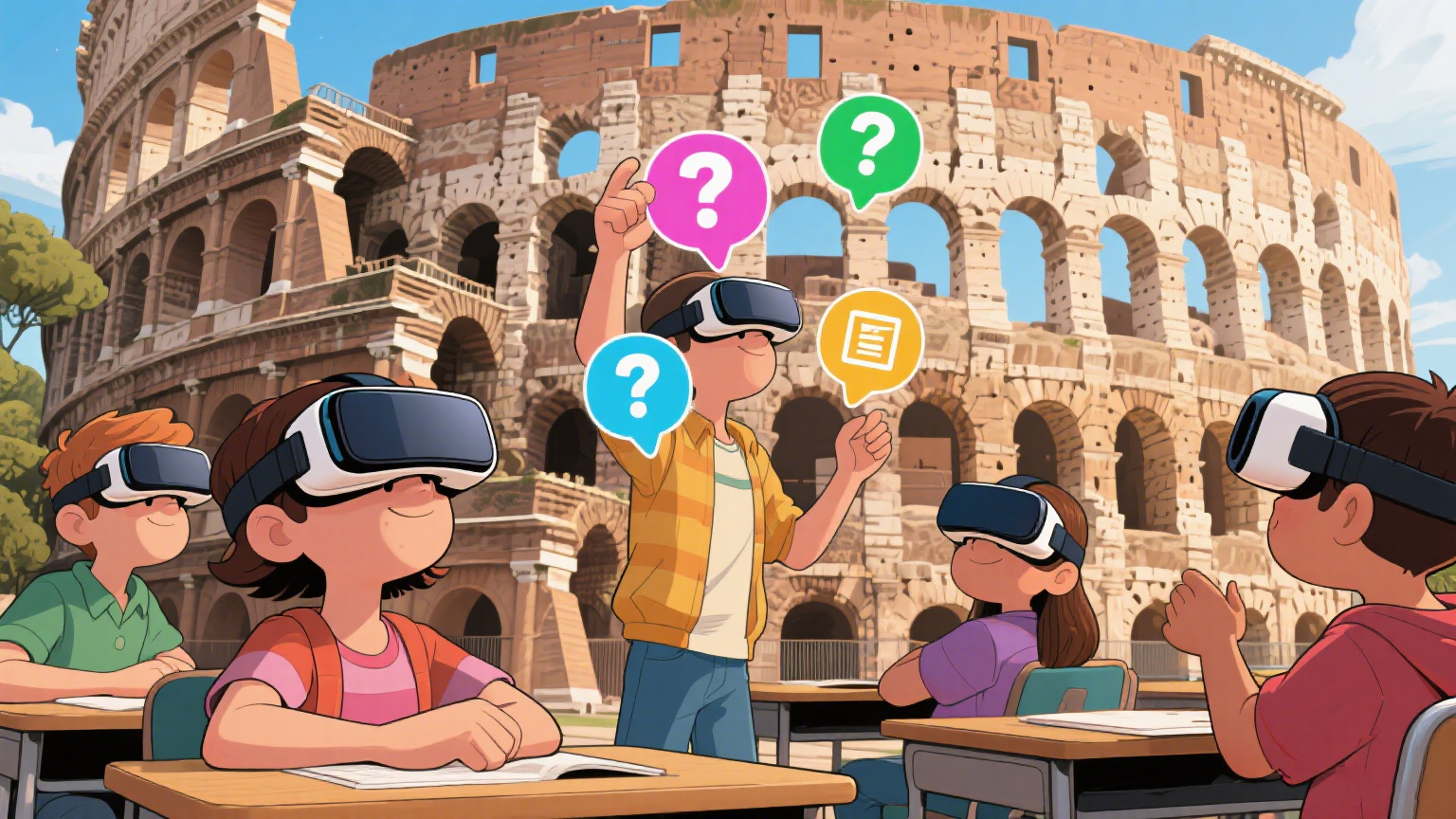Imagine students “stepping inside” the Roman Colosseum to explore ancient history or observing chemical reactions at a molecular level through a VR headset. This is the reality that DBiM’s “720° Panorama Roaming Editor” is creating today, fundamentally reshaping online education.
DBiM is building a comprehensive “Metaverse Economy Service Platform” to unlock unprecedented commercial value and interactive experiences for individuals and enterprises. Our virtual classroom solutions, such as the 720° Panorama Roaming Editor, are a prime example of how this vision is translated into tangible, impactful services that drive real-world business outcomes.
Virtualizing Educational Scenarios: Breaking the Barriers of Traditional Classrooms
Traditional classrooms are bound by physical and temporal constraints. Travel, access to specialized equipment, and the limitations of two-dimensional learning materials often dictate what can be taught and how. DBiM’s 720° Panorama Roaming Editor shatters these barriers by creating highly realistic, immersive virtual spaces using VR, AR, 3D modeling, and AI technologies.
- Virtual Campus: Prospective students can roam freely, interacting with AI-powered admissions officers.
- Virtual Laboratory: A state-of-the-art virtual lab can be equipped for intricate experiments, accessible to students worldwide without the need for expensive physical infrastructure.
- Historical Sites: Geographical wonders can be brought to life in interactive 720-degree environments, allowing students to “travel” through time and space. This approach transforms static curricula into dynamic, explorable worlds that significantly enhance understanding.
Interactive Learning: Igniting Engagement and Deeper Understanding
The power of these virtual environments lies in their capacity for profound interactivity. Educators can embed “knowledge hotspots,” which are interactive points that trigger detailed video explanations, supplementary documents, or quizzes.
The platform also facilitates a rich tapestry of interactive features:
- Students can engage in real-time discussions and collaborate on virtual projects.
- They can participate in gamified learning modules with rewards and tokens.
- They can interact with multilingual AI Agent teaching assistants for personalized support.
This interactive paradigm shifts learning from passive reception to active exploration, fostering curiosity and significantly boosting student participation and engagement.
Low-Cost, High-Efficiency: Democratizing Immersive Education
While the capabilities sound premium, the business model behind DBiM’s virtual classroom solutions is engineered for accessibility and efficiency. The “720° Panorama Roaming Editor” is part of a SaaS platform that allows schools and educators to self-create virtual learning environments at a fraction of the cost and time associated with traditional content production.
Instead of investing heavily in physical labs or expensive field trips, institutions can subscribe to the platform for as little as $399 per year, with templates available for free or for a fee of up to $99. This cost-effectiveness democratizes access to high-quality, immersive learning experiences for a broader demographic. The projected rapid growth of the metaverse scenario building market, which is expected to grow by 2030, underscores the immense commercial opportunity in providing these efficient, scalable solutions.

Leave a Reply